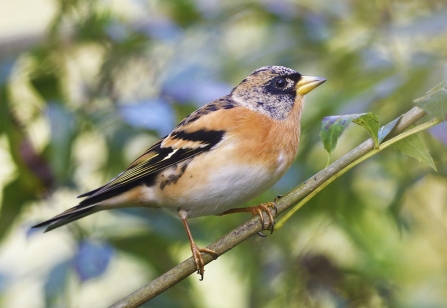As autumn draws to a close and winter comes into the fore, many of the world’s migratory birds are travelling far and wide in preparation for the season ahead.
Visiting ospreys and swallows have left the UK for the warmer climes of Africa, while fieldfare, brambling and wigeon arrive in their thousands - we at Hampshire & Isle of Wight Wildlife Trust are thrilled to see them thriving at our nature reserves.

